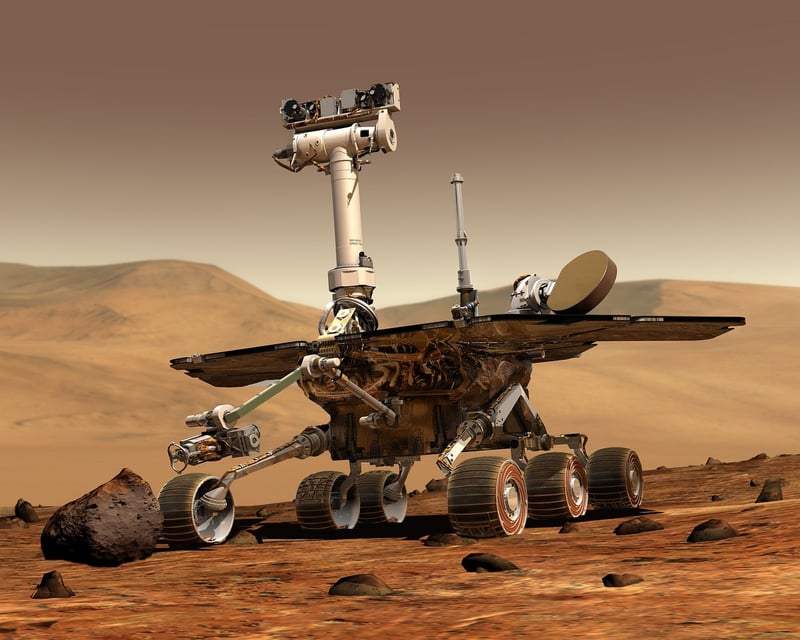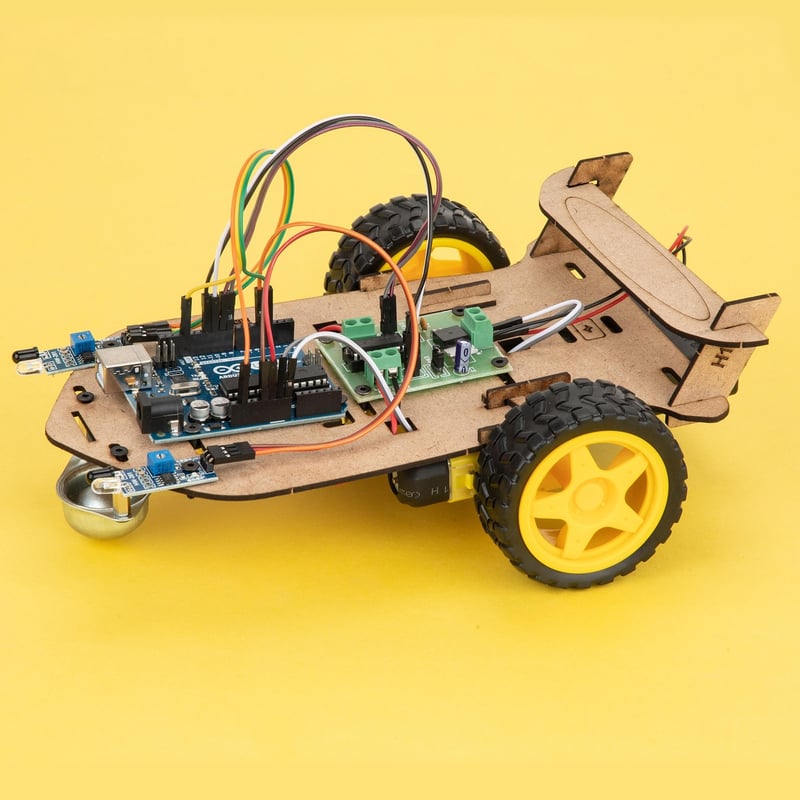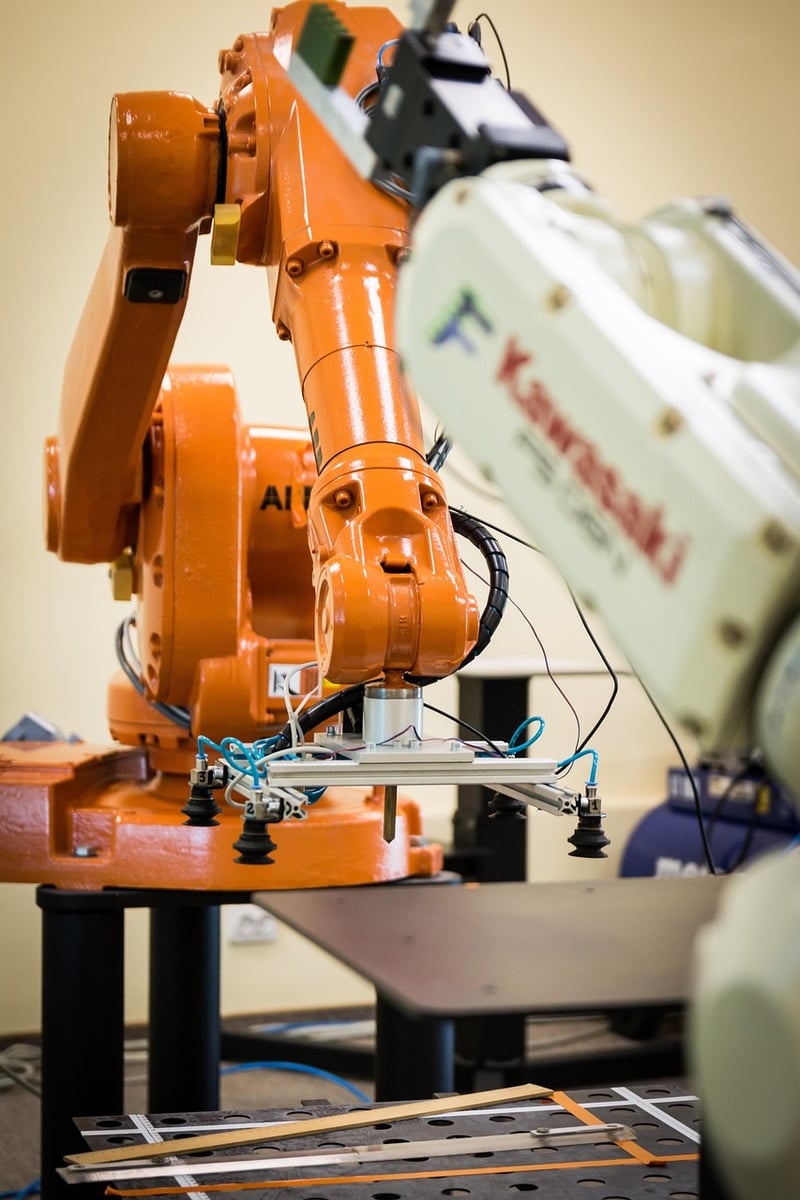Robotics Advancements
The Future is Now: Cutting-Edge Innovations in Robotics
Robots have long been a fascination for humans, from science fiction fantasies to real-life applications in various industries. In recent years, significant advancements in robotics have pushed the boundaries of what these machines can achieve. Let's explore some of the cutting-edge innovations shaping the future of robotics.
1. Autonomous Vehicles
One of the most prominent advancements in robotics is the development of autonomous vehicles. Companies like Tesla, Waymo, and Uber are leading the way in creating self-driving cars that can navigate roads and traffic with minimal human intervention. These vehicles are equipped with advanced sensors, machine learning algorithms, and AI technology to ensure safe and efficient transportation.

2. Medical Robotics
In the field of healthcare, medical robotics is revolutionizing the way surgeries are performed. Robotic surgical systems like the da Vinci Surgical System enable surgeons to perform complex procedures with enhanced precision and control. These robots can make smaller incisions, resulting in faster recovery times and reduced risks for patients.

3. Soft Robotics
Soft robotics is a burgeoning field that focuses on creating robots with flexible and adaptable structures, mimicking the movements of living organisms. These robots are ideal for delicate tasks that require interaction with humans or handling fragile objects. Soft robots have applications in industries such as agriculture, healthcare, and search and rescue operations.

4. Swarm Robotics
Swarm robotics involves coordinating large groups of robots to work together towards a common goal, much like a colony of ants or bees. This approach enables robots to collaborate and solve complex tasks more efficiently. Swarm robotics has applications in areas such as construction, environmental monitoring, and disaster response.

5. Exoskeletons
Exoskeletons are wearable robotic devices that augment the strength and capabilities of the human body. These devices have applications in healthcare for rehabilitation and assisting individuals with mobility impairments. Exoskeletons can also be used in industries like construction and manufacturing to enhance worker productivity and reduce the risk of injuries.

As robotics technology continues to evolve, we can expect to see even more remarkable innovations that will transform various aspects of our lives. From self-driving cars to medical advancements and beyond, the future of robotics is filled with endless possibilities.
